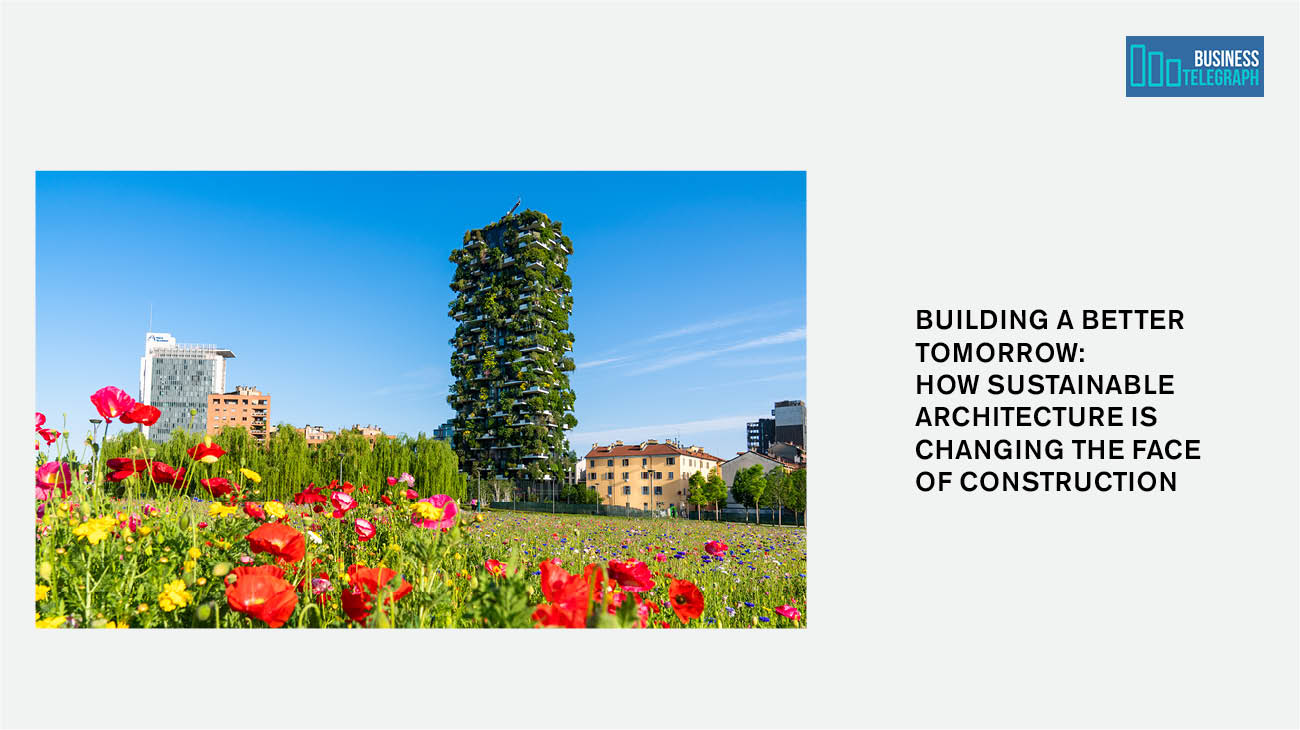
The English website Business Telegraph mentions, as an example of sustainable architecture, the Bosco Verticale by Boeri Studio, within the article “Building a Better Tomorrow: How Sustainable Architecture is Changing the Face of Construction.”
In an era characterized by actions towards ecology and a collective push towards sustainability in construction, the industry is undergoing a significant transformation. Sustainable architecture is at the center of this change, a movement that is not just a passing trend but a necessary evolution for a better and more responsible future. Sustainable architecture is an approach that seeks to minimize the environmental impact of buildings by improving efficiency in the use of materials, energy, and space.
In this context, the Bosco Verticale in Milan stands out, aiming to bring to life the hypothesis that it is possible to create houses with the same proximity to greenery in dense and central city areas as is characteristic of suburban living. It embraces vegetation equivalent to that of 30,000 square meters of forest and undergrowth, concentrated on a 3,000-square-meter urban surface.
Moreover, the Bosco Verticale is a project focused on demineralizing urban surfaces. It reduces heat in public spaces generated by the sun’s reflection thanks to the shading provided by plants along the perimeter of each floor. This promotes a significant reduction in energy consumption produced by artificial air conditioning systems. In these terms, the Bosco Verticale represents an alternative to large residential towers with continuous glass facades, which require substantial energy consumption to compensate for the significant heat accumulation in summer and inadequate protection from the cold in winter, resulting in low energy efficiency.
To read the full article: https://www.businesstelegraph.co.uk/building-a-better-tomorrow-how-sustainable-architecture-is-changing-the-face-of-construction/
